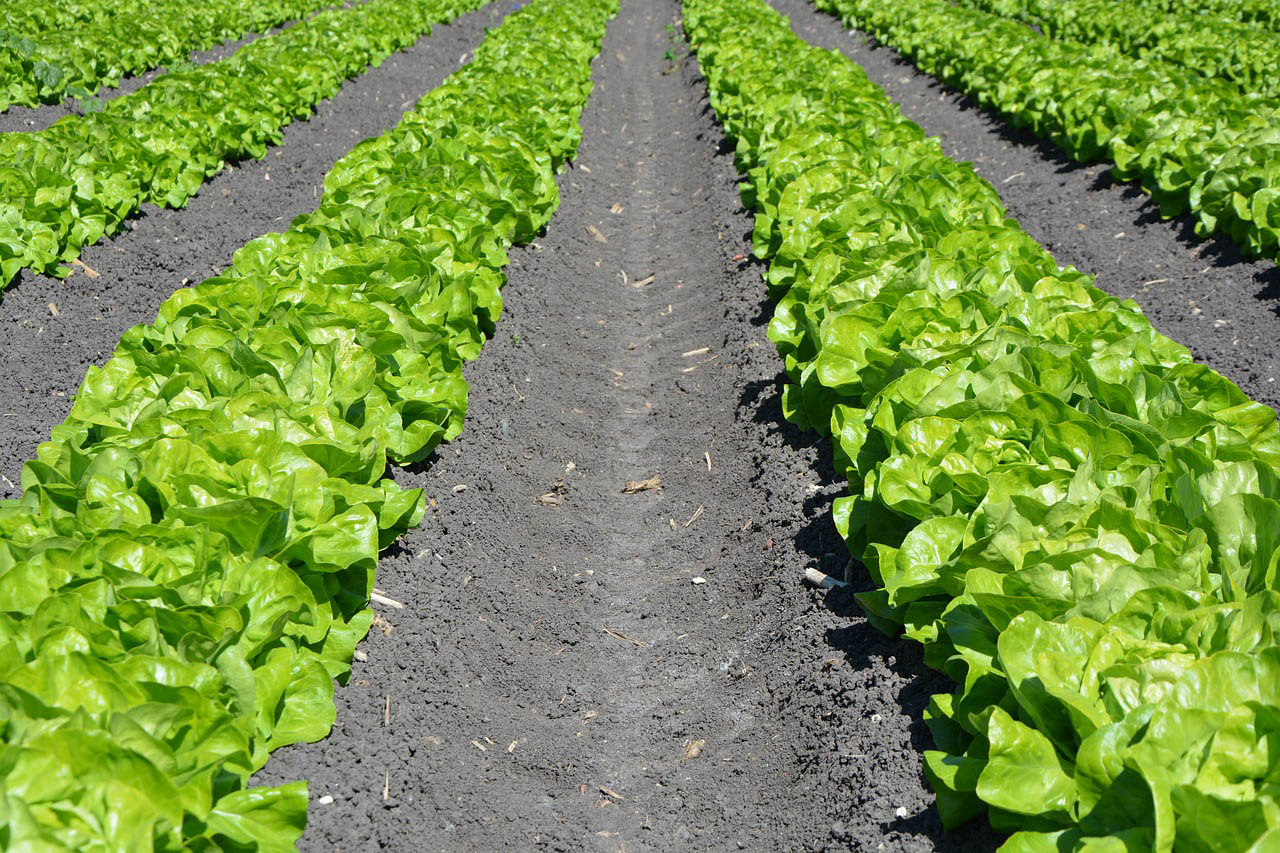Any disaster, whether it's a fire, flood, or hurricane, can impact horses and livestock. Due to their size and special sheleter and transport requirements, planning ahead for emergency situations is crucial to keeping your livestock safe.
Using the American Veterinary Medical Association’s (AVMA) procedures to prepare now, you can quickly and easily safeguard your livestock when disaster strikes.
- Prepare – Get a Livestock Evacuation Kit
- Include feed, water, supplements, supplies (medications, rope/lariat, halters/leads, cleaning supplies, knives, etc.), and papers (veterinary records and proof of ownership).
- Review your kit regularly to ensure contents, especially feed and medicines, are fresh.
- Plan – What You Will Do in an Emergency
- Determine if you are able to evacuate (This should be based on the type of disaster and the safety and stability of the shelter).
- Determine where you will go if you have to leave (Identify friends or relatives who could house livestock during the disaster, including fairgrounds or other livestock evacuation locations).
- Determine how you will evacuate (Decide how livestock will be transported/housed and prearrange an evacuation site).
In case you are not home:
- Designate a neighbor to tend to your livestock (This person should be familiar with your livestock, know your evacuation procedures, know where your evacuation kit is kept, and have your emergency contact information).
- Make sure livestock has some form of identification (microchip, ear/leg tag, leg band, tattoo etc.).
- Stay Informed—Know About Types of Emergencies
- It’s always a good idea to find out what types of emergencies could happen where you live and whether you need to make any specific preparations because of them. (A good basic emergency plan is to keep your livestock with you; what’s best for you is typically what’s best for your livestock. Plan to stay if it’s safe to do so, or leave if ordered to evacuate.)
- When disaster strikes, follow instructions of local emergency management to safeguard you, your family, and your livestock.
Think ahead and try to implement some of these precautionary measures:
- Build a strong shelter. Make sure you have a sturdy shelter that can protect animals and livestock from the elements. It should be able to sustain high winds and heavy rain and keep them all dry. Consider building it on high ground to avoid flooding. A livestock shelter should provide enough space for each animal. A general guideline is to provide enough space roughly four times its body size. This will help keep each animal comfortable during very uncomfortable situations.
- Have adequate food and water. Provide adequate supplies for animals and livestock. This will be important if you aren’t able to reach them for a day or so. They should have plenty of food and a steady supply of water to sustain them throughout a severe weather event. During extremely cold temperatures, water will freeze. You will need to break up ice or replace the frozen water.
- Provide warm bedding. During a blizzard or extremely frigid weather, warm bedding is essential for all livestock. Heavy rains also can make the air cold and moist. Make sure that there is adequate bedding for each animal whether it gets used or not. Replace it when needed.
- Provide adequate cooling options. Excessive heat can be hazardous to livestock and other animals. Make sure shaded areas are available and provide an adequate amount of water. Animals might drink more on extremely hot days. Provide proper ventilation and install fans or open barn doors to keep air moving. Some animals might need sprinklers to keep cool or to get their hooves wet to keep body temperatures normal.
- Assess farm safety. Check the safety of your farm and consider the condition of your home, barns and sheds for sustainability of high winds as well as heavy rains or snow. Take corrective action now and reassess periodically. Check low‐laying areas that could easily flood and take preventable measures to protect your pets, livestock and your entire property.
How best to protect your livestock and farm animals in extreme weather will depend on the size of your herds, what type of animals you have and how extreme the weather actually gets. Providing the basics – food, water and shelter will go a long way to keeping them safe.
Source: United State Department of Agriculture and the American Veterinary Medical Association
Related Links
-
Latest News
Friday, January, 17, 2025
-
Food Access
Finding Healthy Food in ArizonaConnecting people, food, and resources through partnerships with producers, non-profits, for-profits and government.
-
Get a License
Apply For, Renew, or look up a LicenseEnter our Licensing and Payment System then use the filter at the top to find the license you want to apply for or renew or find existing license information, including CEU's